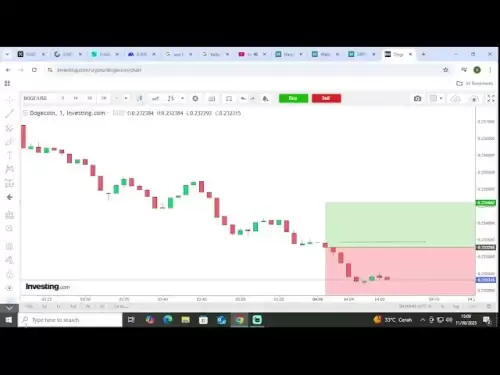-
 Bitcoin
Bitcoin $118700
0.18% -
 Ethereum
Ethereum $4207
-0.08% -
 XRP
XRP $3.137
-1.21% -
 Tether USDt
Tether USDt $0.0000
-0.01% -
 BNB
BNB $802.0
0.16% -
 Solana
Solana $174.9
-4.66% -
 USDC
USDC $0.0000
0.01% -
 Dogecoin
Dogecoin $0.2240
-3.41% -
 TRON
TRON $0.3443
1.62% -
 Cardano
Cardano $0.7730
-2.77% -
 Hyperliquid
Hyperliquid $43.29
-3.27% -
 Chainlink
Chainlink $21.13
-3.66% -
 Stellar
Stellar $0.4295
-2.58% -
 Sui
Sui $3.652
-4.60% -
 Bitcoin Cash
Bitcoin Cash $577.8
1.67% -
 Hedera
Hedera $0.2453
-4.42% -
 Ethena USDe
Ethena USDe $1.001
-0.01% -
 Avalanche
Avalanche $22.85
-3.28% -
 Litecoin
Litecoin $120.4
-2.94% -
 Toncoin
Toncoin $3.367
1.48% -
 UNUS SED LEO
UNUS SED LEO $8.979
-0.56% -
 Shiba Inu
Shiba Inu $0.00001294
-4.04% -
 Uniswap
Uniswap $11.03
1.68% -
 Polkadot
Polkadot $3.856
-4.18% -
 Dai
Dai $1.000
0.00% -
 Cronos
Cronos $0.1654
2.16% -
 Ethena
Ethena $0.7810
0.70% -
 Monero
Monero $272.9
2.11% -
 Bitget Token
Bitget Token $4.397
-0.88% -
 Pepe
Pepe $0.00001124
-5.87%
How to interpret long-short-ratio data in contract trading?
A ratio greater than 1 indicates bullish sentiment, where buyers (longs) outnumber sellers (shorts) in a futures or options contract.
Feb 19, 2025 at 08:36 pm
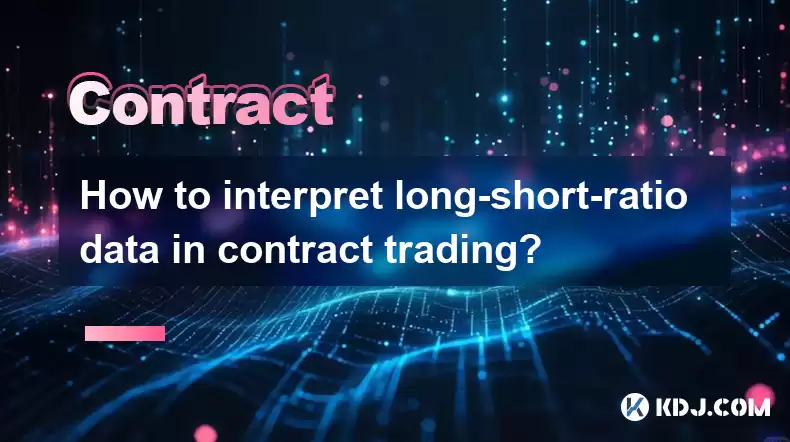
Key Points:
- Understanding the Long-Short Ratio in Contract Trading
- Factors Influencing Long-Short Ratio
- Interpreting Long-Short Ratio Data for Trading Decisions
- Long-Short Ratio and Market Sentiment
- Using Long-Short Ratio for Risk Management
- Limitations of Long-Short Ratio Data
- Case Study: Applying Long-Short Ratio to Contract Trading
Understanding the Long-Short Ratio in Contract Trading
- The long-short ratio is a measure of the relative positions of buyers (longs) and sellers (shorts) in a futures or options contract.
- It is calculated by dividing the total number of open long positions by the total number of open short positions.
- A ratio greater than 1 indicates that there are more buyers than sellers, while a ratio less than 1 indicates that there are more sellers than buyers.
Factors Influencing Long-Short Ratio
- Market sentiment: Bullish sentiment leads to a higher long-short ratio, while bearish sentiment leads to a lower ratio.
- News and events: Significant market events can cause sudden shifts in the long-short ratio, as traders adjust their positions.
- Trading strategies: Some traders use strategies that involve holding both long and short positions simultaneously.
- Market liquidity: High liquidity markets generally have more participants, which can result in a more balanced long-short ratio.
Interpreting Long-Short Ratio Data for Trading Decisions
- A high long-short ratio suggests that the market is bullish and that there is a larger number of buyers than sellers.
- A low long-short ratio suggests that the market is bearish and that there is a larger number of sellers than buyers.
- Trailing long-short ratio: This involves tracking the long-short ratio over time to identify potential trend reversals.
- Divergence: When the long-short ratio diverges from the price action, it can indicate a potential market reversal.
Long-Short Ratio and Market Sentiment
- A high long-short ratio typically coincides with positive market sentiment, as more traders are bullish and expect prices to rise.
- A low long-short ratio typically coincides with negative market sentiment, as more traders are bearish and expect prices to fall.
Using Long-Short Ratio for Risk Management
- Traders can use the long-short ratio to manage their risk exposure.
- For example, if the long-short ratio is significantly skewed towards one side, it may indicate market overextension and potential for a reversal.
- Traders can adjust their positions accordingly to mitigate risk.
Limitations of Long-Short Ratio Data
- It does not provide information about the size of positions held by individual traders.
- It can be misleading in markets with low liquidity or high volatility.
- Emotional Trading: Traders may follow the crowd due to high long-short ratio data, resulting in irrational trading decisions
Case Study: Applying Long-Short Ratio to Contract Trading
- Assume a futures contract has a long-short ratio of 1.5:1.
- This indicates that there are more buyers than sellers in the market and that the sentiment is bullish.
- A trader could interpret this as an indication of potential price increases and may take a long position in the contract.
- However, the trader should also consider other factors, such as market volatility and news events, before making a final decision.
FAQs
What does a long-short ratio of 1 mean in contract trading?
- It means that there are equal numbers of buyers (longs) and sellers (shorts) in the market.
What is a healthy long-short ratio?
- It varies depending on the market, but a ratio between 0.8:1 and 1.2:1 is generally considered to be balanced.
Can the long-short ratio predict market direction?
- While the long-short ratio can provide indications of market sentiment, it is not a perfect predictor of market direction and should be used in conjunction with other analysis techniques.
What are the risks of using the long-short ratio for trading decisions?
- The long-short ratio can be misleading in markets with low liquidity or high volatility. It also provides limited information about the size and type of positions held by individual traders.
Disclaimer:info@kdj.com
The information provided is not trading advice. kdj.com does not assume any responsibility for any investments made based on the information provided in this article. Cryptocurrencies are highly volatile and it is highly recommended that you invest with caution after thorough research!
If you believe that the content used on this website infringes your copyright, please contact us immediately (info@kdj.com) and we will delete it promptly.
- Dogecoin's Rally Pause: Bullish Structure Still Intact?
- 2025-08-12 04:50:12
- Whales, Altcoins, and Accumulation: What's the Hype?
- 2025-08-12 04:55:16
- Floki's Valhalla: From Viking Raids to Mainstream MMORPG Domination
- 2025-08-12 05:10:12
- Do Kwon, Terra LUNA, and Lunar Horizons: A Tale of Trials and Tribulations
- 2025-08-12 04:30:12
- Bitcoin, Wealth Protection, and Economies: A Modern Financial Safety Net
- 2025-08-12 04:30:12
- INJ ETF, Crypto Future, and Uncertainty: Navigating the Murky Waters
- 2025-08-12 02:50:12
Related knowledge
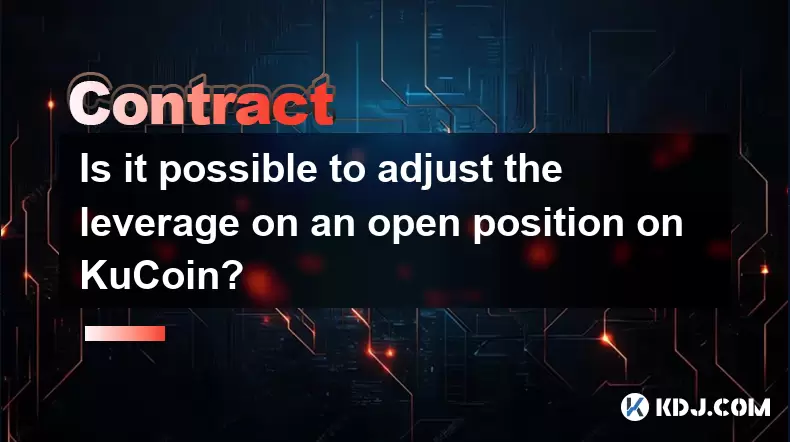
Is it possible to adjust the leverage on an open position on KuCoin?
Aug 09,2025 at 08:21pm
Understanding Leverage in KuCoin Futures TradingLeverage in KuCoin Futures allows traders to amplify their exposure to price movements by borrowing fu...

What cryptocurrencies are supported as collateral on KuCoin Futures?
Aug 11,2025 at 04:21am
Overview of KuCoin Futures and Collateral MechanismKuCoin Futures is a derivatives trading platform that allows users to trade perpetual and delivery ...
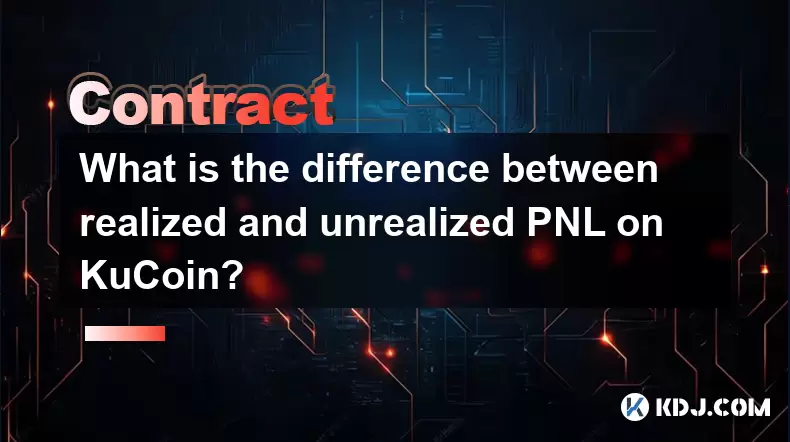
What is the difference between realized and unrealized PNL on KuCoin?
Aug 09,2025 at 01:49am
Understanding Realized and Unrealized PNL on KuCoinWhen trading on KuCoin, especially in futures and perpetual contracts, understanding the distinctio...

How does KuCoin Futures compare against Binance Futures in terms of features?
Aug 09,2025 at 03:22am
Trading Interface and User ExperienceThe trading interface is a critical component when comparing KuCoin Futures and Binance Futures, as it directly i...
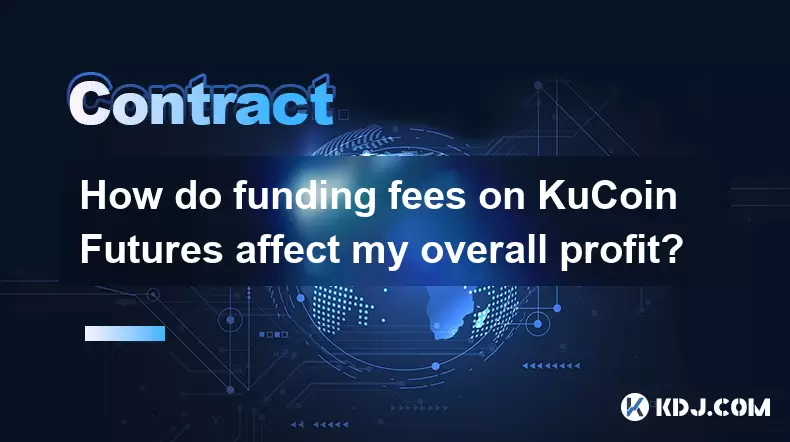
How do funding fees on KuCoin Futures affect my overall profit?
Aug 09,2025 at 08:22am
Understanding Funding Fees on KuCoin FuturesFunding fees on KuCoin Futures are periodic payments exchanged between long and short position holders to ...
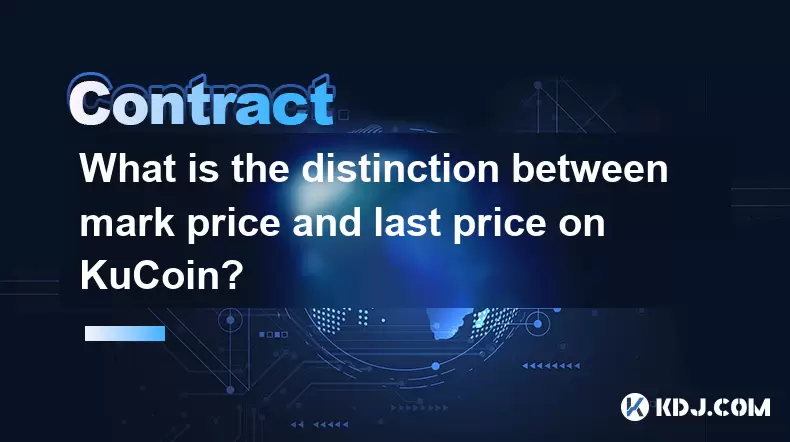
What is the distinction between mark price and last price on KuCoin?
Aug 08,2025 at 01:58pm
Understanding the Basics of Price in Cryptocurrency TradingIn cryptocurrency exchanges like KuCoin, two key price indicators frequently appear on trad...

Is it possible to adjust the leverage on an open position on KuCoin?
Aug 09,2025 at 08:21pm
Understanding Leverage in KuCoin Futures TradingLeverage in KuCoin Futures allows traders to amplify their exposure to price movements by borrowing fu...

What cryptocurrencies are supported as collateral on KuCoin Futures?
Aug 11,2025 at 04:21am
Overview of KuCoin Futures and Collateral MechanismKuCoin Futures is a derivatives trading platform that allows users to trade perpetual and delivery ...

What is the difference between realized and unrealized PNL on KuCoin?
Aug 09,2025 at 01:49am
Understanding Realized and Unrealized PNL on KuCoinWhen trading on KuCoin, especially in futures and perpetual contracts, understanding the distinctio...

How does KuCoin Futures compare against Binance Futures in terms of features?
Aug 09,2025 at 03:22am
Trading Interface and User ExperienceThe trading interface is a critical component when comparing KuCoin Futures and Binance Futures, as it directly i...

How do funding fees on KuCoin Futures affect my overall profit?
Aug 09,2025 at 08:22am
Understanding Funding Fees on KuCoin FuturesFunding fees on KuCoin Futures are periodic payments exchanged between long and short position holders to ...

What is the distinction between mark price and last price on KuCoin?
Aug 08,2025 at 01:58pm
Understanding the Basics of Price in Cryptocurrency TradingIn cryptocurrency exchanges like KuCoin, two key price indicators frequently appear on trad...
See all articles


























